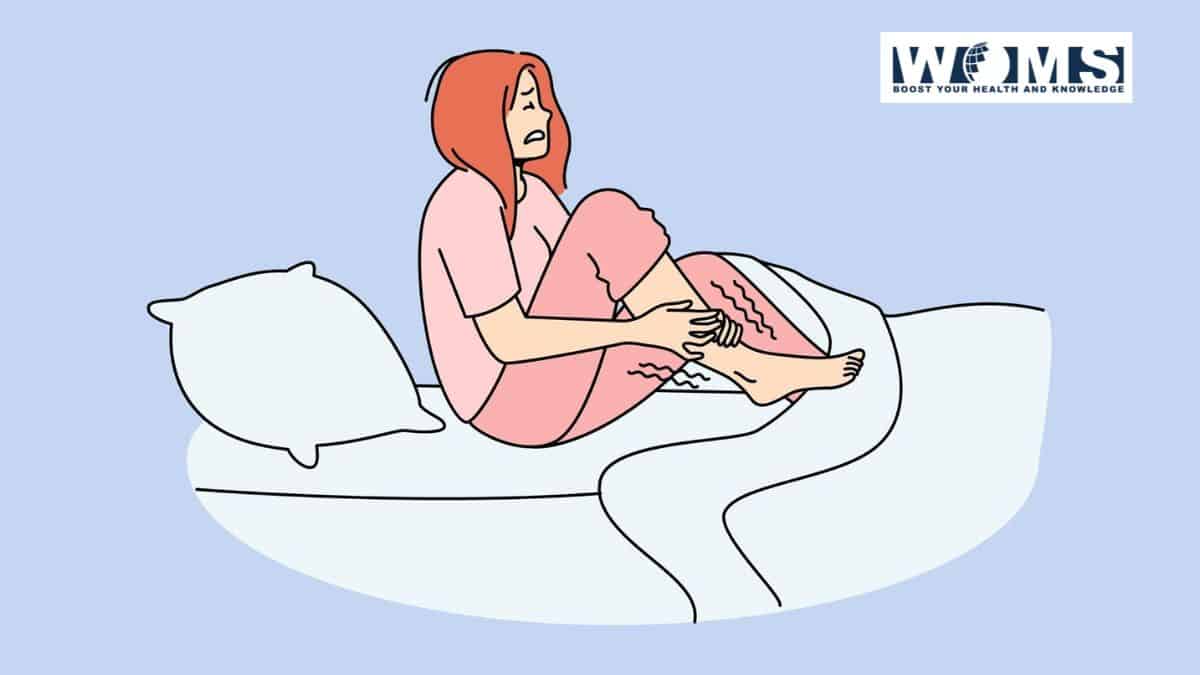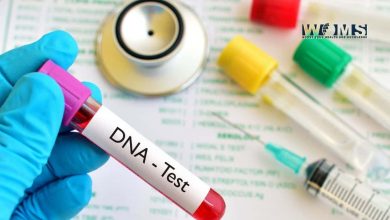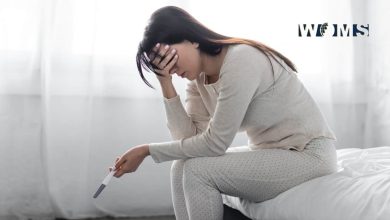What Is Restless Leg Syndrome

Many of us have experienced that unpleasant feeling of our legs jerking or twitching when we try to fall asleep. Unfortunately, for some people, this is a regular occurrence so frequent, in fact, that it has a name: restless leg syndrome (RLS). Together, we’ll explore what RLS is, what causes it, and how you can find relief. From getting a diagnosis to ensuring you have the bedroom essentials needed for a restful night’s sleep, this guide will help you take control of your RLS.
Defining Restless Leg Syndrome
RLS is a neurological condition that causes an overwhelming need to move your legs. This compulsion is often accompanied by a crawling, itching, or tingling sensation. RLS can occur at any time, but it is most commonly experienced at night while trying to sleep. As a result, RLS can cause insomnia and fatigue.
Symptoms of Restless Leg Syndrome
The most common sign of RLS is an irresistible urge to move your legs. This urge is often accompanied by a crawling, itching, or tingling sensation in the legs. Some patients have also reported aches or pain in their legs. The sensations can be mild to severe and occur anytime. Still, they are most commonly experienced at night while trying to sleep. As a result, RLS can cause insomnia and fatigue. People who suffer from RLS also report issues with:
- Anxiety
- Depression
- Irritability
- Difficulty concentrating
- Memory problems
Causes of Restless Leg Syndrome
The exact cause of RLS is unknown, but there are several factors that may contribute to the development of the condition, including an imbalance of iron in the brain, genetic factors, and underlying health issues such as diabetes, kidney failure, or certain neurological disorders. Treatment for RLS focuses on relieving the symptoms and often includes lifestyle changes and medication.
Diagnosing Restless Leg Syndrome
There is no single test for RLS. Instead, doctors typically diagnose RLS based on patient history and a physical examination. Your doctor may also ask you to keep a journal detailing your symptoms. In some cases, your doctor may order blood tests or nerve studies to rule out other conditions with similar symptoms. There are two types of RLS: primary and secondary. Primary RLS is thought to be caused by an imbalance of iron and dopamine in the brain. Secondary RLS is caused by other underlying health conditions.
Treating Restless Leg Syndrome
1) Rule Out Potential Triggers/Causes
First, take a look at your habits. For example, smoking, drinking alcohol, and eating a poor diet high in sugar can all contribute to RLS. You may find some relief if you can cut back or eliminate these habits. Medications can also trigger RLS, so if you’ve recently started taking any new drugs, talk to your doctor about whether they could be the cause.
Finally, certain health conditions have been linked to RLS, such as iron deficiency (anemia) and kidney failure. If you suspect one of these might be the root of your problem, speak to your doctor about getting tested. By ruling out potential triggers and causes, you and your doctor can develop a more targeted treatment plan.
2) Consider Lifestyle Changes
You can make some lifestyle changes to help relieve the symptoms of RLS. Here is a couple of the biggest:
Exercise –Regular exercise has been shown to be an effective treatment for RLS. If you’re not used to working out, don’t worry; moderate aerobic exercise is best. Consider activities such as walking, biking or swimming. However, it’s best to exercise earlier in the day and avoid overly strenuous exercise, especially near bedtime. These kinds of activities can make RLS symptoms worse.
Sleep hygiene –Improving your sleep habits can also help reduce RLS symptoms. This includes going to bed and waking up at the same time each day, avoiding caffeine and alcohol before bed, and creating a soothing bedtime routine. You should also ensure your bedroom is a comfortable, relaxing environment. Tips for building a comfy bedroom environment include:
- A Good Mattress –Mattresses are possibly the essential furniture we’ll ever own because we spend a third of our lives in them. Yet, most people don’t think twice about their mattress until it’s too late and they’re dealing with back pain, neck pain, or other issues like RLS.
- Using Mattress Pads – If a new mattress isn’t something you can afford right now, consider mattress pads instead. A mattress pad can help improve the comfort and support of your existing mattress, which may help reduce RLS symptoms.
- Having Great Bedding – The type of sheets you use can also affect how well you sleep. If you tend to get hot at night, look for bedding made from natural fibers like cotton or linen. These materials are breathable and will help keep you cool and comfortable all night long.
3) Use Non-Medication Treatments
There are many non-medication treatments that can help relieve the symptoms of RLS. Some of these include:
Acupuncture –Acupuncture is a form of traditional Chinese medicine that involves inserting thin needles into the skin at specific points on the body. It may also help relieve pain and improve sleep.
Massage –Massage can help improve circulation and relax the muscles, with many people finding relief through regular massage therapy sessions.
Yoga –Yoga is a form of exercise that involves stretching and deep breathing. Studies have shown that yoga can help reduce stress and improve sleep, which can help relieve RLS symptoms.
Near-infrared spectroscopy (NIRS) –NIRS is a treatment that uses infrared light to improve circulation. This treatment has been shown to be effective for RLS and may also help relieve other symptoms like pain and fatigue.
4) Talk to Your Doctor About Medication
If lifestyle changes and non-medication treatments haven’t provided relief, it’s time to talk to your doctor about medication options. Several medications have shown promise for helping relieve RLS symptoms, including:
Dopamine agonists – These are a type of medication that help increase dopamine levels in the brain. This can help relieve RLS symptoms by improving muscle function and reducing inflammation.
Anticonvulsants – These are a type of medication typically used to treat seizure disorders. Still, they can also be effective for treating RLS. These medications reduce nerve activity and muscle spasms, which can help relieve RLS symptoms.
Opioids – These are a type of medication that can be effective for treating severe RLS symptoms. However, they come with a risk of addiction and other serious side effects, so they should only be used as a last resort.
Final Thoughts on Restless Leg Syndrome
If you’re dealing with frequent twitching or jerking sensations in your legs, especially at night, you may have restless leg syndrome (RLS). While no cure for RLS exists at the moment, there are treatments that can help ease symptoms and improve sleep quality. If you think you may have RLS, talk to your doctor about diagnosis and care options. With proper therapy, you can find relief from uncomfortable RLS symptoms and get back to enjoying restful nights of sleep.



